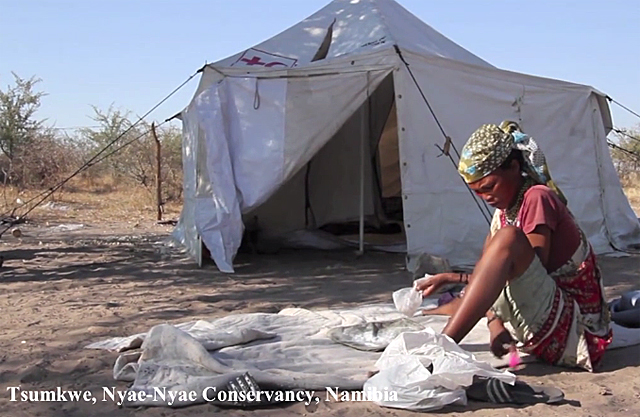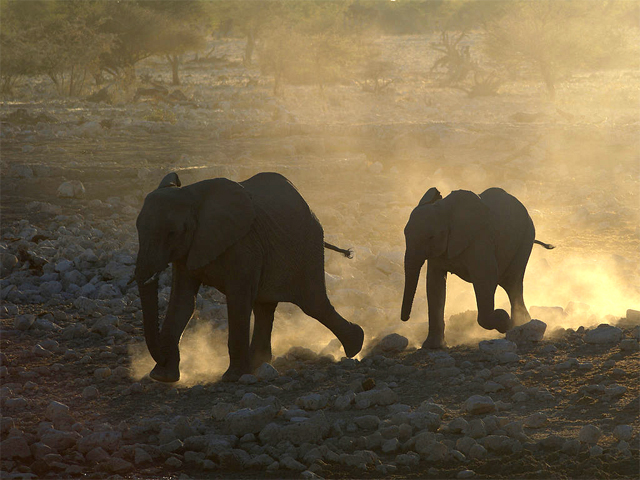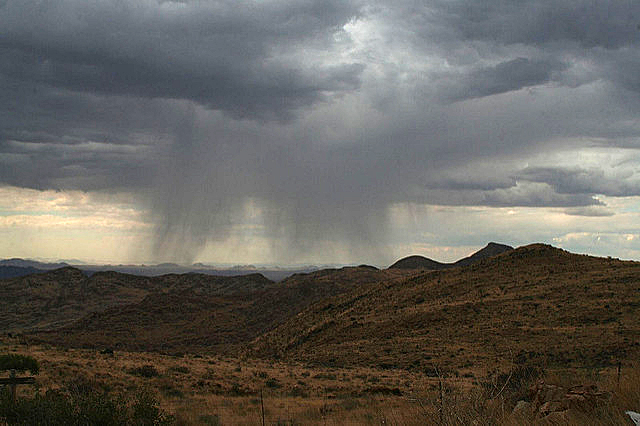Since the Ju/’hoansi have become mostly settled farmers and herders, they need access to reliable water for their own uses and for their livestock. In the past, when they used to move about from place to place in the Kalahari Desert, their movements were often dictated by access to water, both for themselves and for the game that they hunted.

Articles last week in two different Namibian news sources, the New Era and the Namibia Economist, explained how the Nyae Nyae Conservancy, with support from the Nyae Nyae Development Foundation of Namibia (NNDFN), has been developing the physical infrastructure to ensure reliable sources of water in the Ju/’hoan communities.
The conservancy takes charge of over 20 sources of water in the desert region of northeastern Namibia where the Ju/’hoansi settlements are located, about half the number used by both the human and the animal inhabitants of the region. The articles refer to those water facilities as “waterpoints.” The essence of the two reports is that those facilities result from careful, long-term planning, investments in training, and of course the construction of the physical facilities themselves.

The facilities include boreholes, which must be kept functioning. The elephant herds in the conservancy present a special challenge—over 1000 animals that frequently try to break down barriers to get to water. The solution has been to try and prevent them from approaching the human facilities and to provide water for them in hopes that they will be less inclined to destroy the waterpoints in the villages.
As waterpoints became available in the villages, the Ju/’hoansi were able to start keeping livestock and growing gardens. Then, the communities needed facilities to store water so the conservancy began providing 5,000 or 10,000 liter tanks to the villages, depending on the local populations and the agricultural activities they’ve been pursuing in the past couple of years.
The NNDFN is pleased with the success so far in providing permanent water to the Ju/’hoansi. “Water gives the Nyae Nyae Conservancy inhabitants an opportunity to see their hard work flourish and they are reaping the rewards,” someone commented at NNDFN. For their part, the villagers are happy with the latest development. Glao Lamacea commented, “Livestock and people can go days longer if the pump breaks and maintenance is in progress, since the tanks can store enough water for them to keep on with their activities.” Another Ju/’hoan said that secure water now allows the people to keep themselves clean and healthy.

Before they had permanent sources of water, the Ju/’hoansi—then called the !Kung—moved about from one spot in the desert to another, depending in large part on local rainfall events. One result of living in an area with uncertain water was that the different bands did not stay attached to exclusive, fixed territories. They had to move in order to survive. As a result, according to Lee (1972), their camp compositions were quite flexible—people visited other camps frequently and shared their food resources. Territorial boundaries were defined vaguely and not defended.
In other words, the reason for the flexibility was the unpredictability of water in the form of rain. Annual rainfall varies by as much as 300 percent from one year to the next in any given spot. The people survived in part because they could easily move from an area that lacked water to another area which had had greater rainfall. The culture they developed of fostering flexible living areas and reciprocal uses of resources allowed individuals to avoid violence by separating: by moving away from one another and settling into different camps. In essence, access to water, or lack thereof, had enormous social implications in a very dry region.